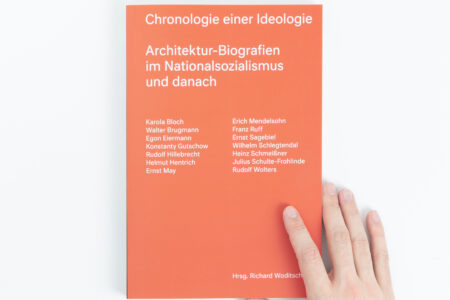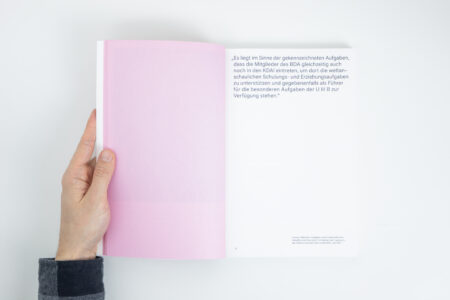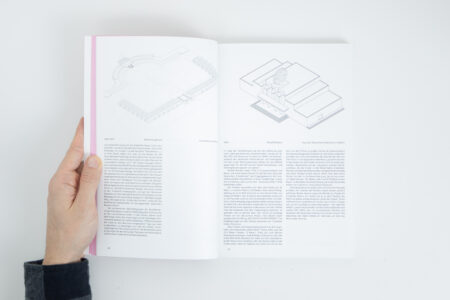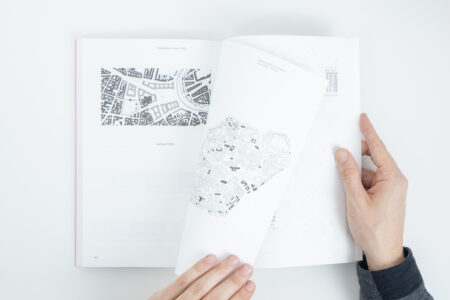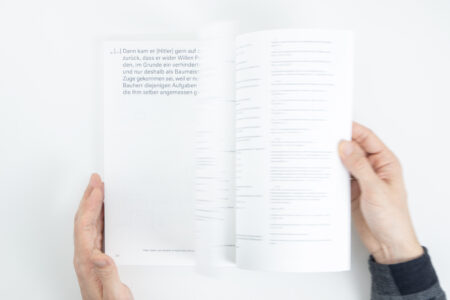Chronologie einer Ideologie
Publisher: Prof. Dr. Richard Woditsch
On behalf of the Georg Simon Ohm Technical University of Nuremberg, Department of Architecture, Theory of Architecture and Design, Faculty of Architecture.
Accompanied by texts from Katinka Strassberger, Prof. Dr. Werner Durth, Gerhard Matzig, Dr. Alexander Schmidt, and a photo essay by Ilona Falk, portraying individual buildings in the present day, biographies, career paths, and buildings are systematically juxtaposed. Their evaluation remains open and is equally manifested.
“Democratic structures can produce architecture. The same applies to non-democratic structures,” Gerhardt Matzig aptly describes in his contribution how totalitarian ideologies seep into society and its structures, even its built environment.
Ernst Sagebiel, who in September 1935 “with great pleasure” accepted the commission from the Air Force Administration Office in the Reich Air Ministry for the planning of the new Berlin-Tempelhof Airport, is one of the ten actors from the field of architecture who submitted to the new political circumstances after 1933. Erich Mendelsohn, Egon Eiermann, Ernst May, and the architect Karola Bloch represent the others who feared for their profession, reputation, and lives under National Socialism.
Building on Werner Durth’s fundamental works on German architects during and after National Socialism, Prof. Dr. Richard Woditsch, together with architecture students from the Technical University of Nuremberg, examines to what extent clients and the spirit of the times are reflected in their designs and buildings. Special emphasis is placed on the post-war period to uncover the entanglements of many actors from architecture and urban planning in the new democratic Germany with the “Nazi Germany” lying in ruins. At the same time, it is shown that there were also careers that took a different course. These are biographies of individuals who, due to their religion or political beliefs, were not allowed or able to practice during the National Socialist era.
“Chronology of an Ideology” explores the different attitudes and strategies toward National Socialism in what appears to be a politically neutral, technically-oriented profession. The cross-section that emerges is exemplary and does not claim to be complete. It is an attempt to counteract the legend of the so-called “Stunde Null” (Zero Hour).
“Never again” applies today as it does tomorrow.
text source: https://www.mitte-rand.de/product-page/chronologie-einer-ideologie
